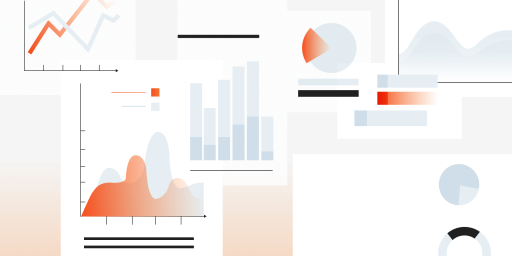The notable increase of IT trends provokes high competition among companies that focus on software development. Statista claims that mobile development has produced a whopping $69.7 billion in total annual revenue and is expected to grow to $188.9 billion.
Likewise, the more platforms support your program, the more guaranteed your success. Though, to ensure perfect compatibility of software products with various platforms (Mac OS, Windows, Linux, Android, iOS, etc.) — perform сross-platform testing that includes both manual and automated QA approaches. Which is better and how to organize a cross-platform testing strategy in a more productive manner? Keep reading to find out.
Cross-Platform Testing Strategy: Main Points
Cross-platform testing is a necessary stage in the development process that guarantees the software quality. The way your application is displayed by different devices will reflect its competitiveness and the end user’s loyalty in the long run. Responsiveness and fast performance without unexpected errors in production is also important to take into account. Here, results of such testing play an influential role in the product’s launch on the market, protect your businesses from risks of technical debt, and save companies from the negative reputation.
There are many points during the cross-platform testing process that need attention, especially from the business viewpoint. Gathering and understanding project requirements, business objectives, and user needs is essential for all organizations that provide QA services. This data will be used to create an appropriate cross-platform testing strategy, as well as its analysis will play a prominent role in how your product will be recognized by the end-user.
Know your audience
Knowing your audience lets you prioritize which platforms you need to focus on when developing an application. Meanwhile, examining and verifying such data depends on how many resources you will engage in the product testing. You’ll be able to make an accent on the particular category of devices, then focusing on application responsiveness, user experience, and design.To satisfy users in terms of usability, manual testing is more suitable, since it helps to test applications from the end user’s point of view. Here, the most convenient types of testing are:
After thorough analysis of your audience, you can handle QA resources more efficiently, spreading them between manual and automated testing teams. Functional testing will identify the illogical app behavior in terms of its functionality. Then, usability testing will determine how comfortable your design, interface, and workflow are to use. Meanwhile the compatibility testing will help to overcome the risks associated with the use of an application on various devices.
Cloud Opportunities
For more comprehensive testing strategy of cross-platform applications it’s reasonable to enable cloud capabilities that will improve testing process for both business and technical reasons. Many cloud platforms provide property simulators that can reproduce internal and external traffic, simulate environments, and more. Another notable advantage of cloud ecosystems is around-the-clock access to platforms which makes possible to save time and match individual teams schedules if they are located in different time zones.
Both manual and automated testing types are used when testing in the cloud. With the help of these methods, it is possible to test a system for its compatibility with different platforms, verify smooth data synchronization, responsiveness, design, and more (UX and accessibility of applications) determining what consequences the found defects will hold on software correct performance.
In order to get the maximum benefit from cloud testing,the next methods are considered the most suitable:
- Network Testing
- Multi-Tenancy Testing
- Cloud Performance Testing
- Cloud Security Testing
- Availability Testing
Perhaps, you need to carefully examine all system particularities, and then check how each function (module) will work together. Constant updates and changes within the platforms and their timely detection play an important role in how application will run under different platforms, smoothly or with troubles. Even the smallest system’s change can have an influential impact on a program functionality. Therefore, cloud ecosystems will help to optimize these issues providing powerful computing environments for even the most sophisticated manual or automated testing scenarios.
Data Storage & Managing
Working with data is always a big responsibility for testers in terms of possible project architectural weaknesses, coding bugs, and serious consequences of such errors. Therefore, to create a successful cross-browser testing strategy it is important to use both manual and automated approaches, which help to eliminate serious data issues, prevent their leakage or incorrect configuration. Testers write the queries to retrieve the data and confirm whether the demanded result is true or not, depending on platforms’ specifications. A tester can check data manually (input, output, and data settings) while inserting, updating and deleting them from the database, confirming they have been created and displayed correctly.
When testing manually, a tester can define errors associated with an unusual data configuration, can gather bugs in UX/UI elements, and then report findings to the stakeholders. Automated method helps to create more sophisticated test scenarios that simulate a large amount of data, its synchronization, and multithreading. Besides, maintained by the automated testing tools (DataFactory, MockupData, SQL Server, DTM Data Generator, and more) testers possess a clear picture of thorough work with data, as well as verify their correct operation on different platforms.
TestFort team tests the software for its correct work through different platforms and browsers, taking into account particularities of the project and involving all the necessary devices in the testing process. Contact us, we will help you make your application responsive, fast, and without unforeseen operation errors.



